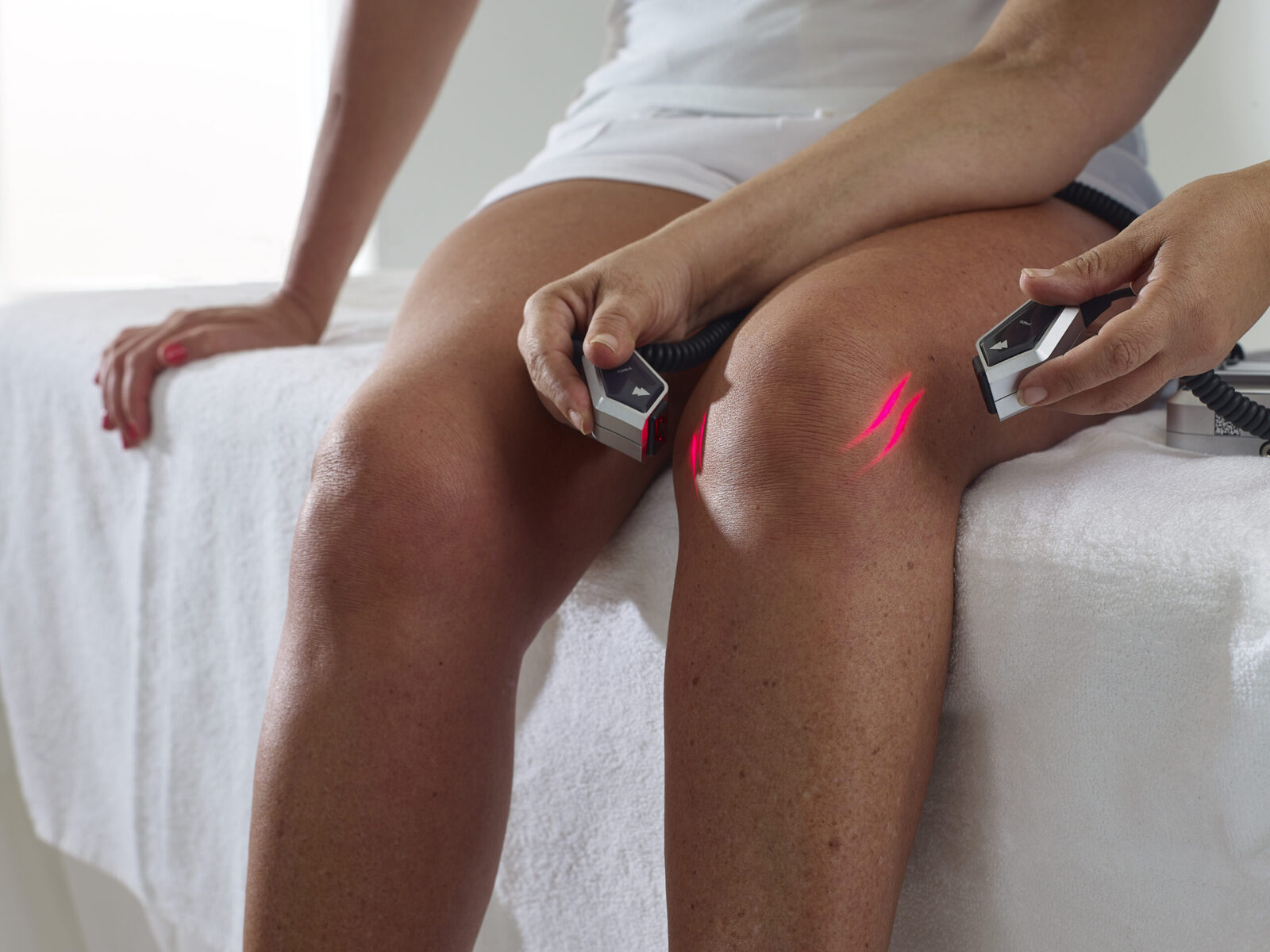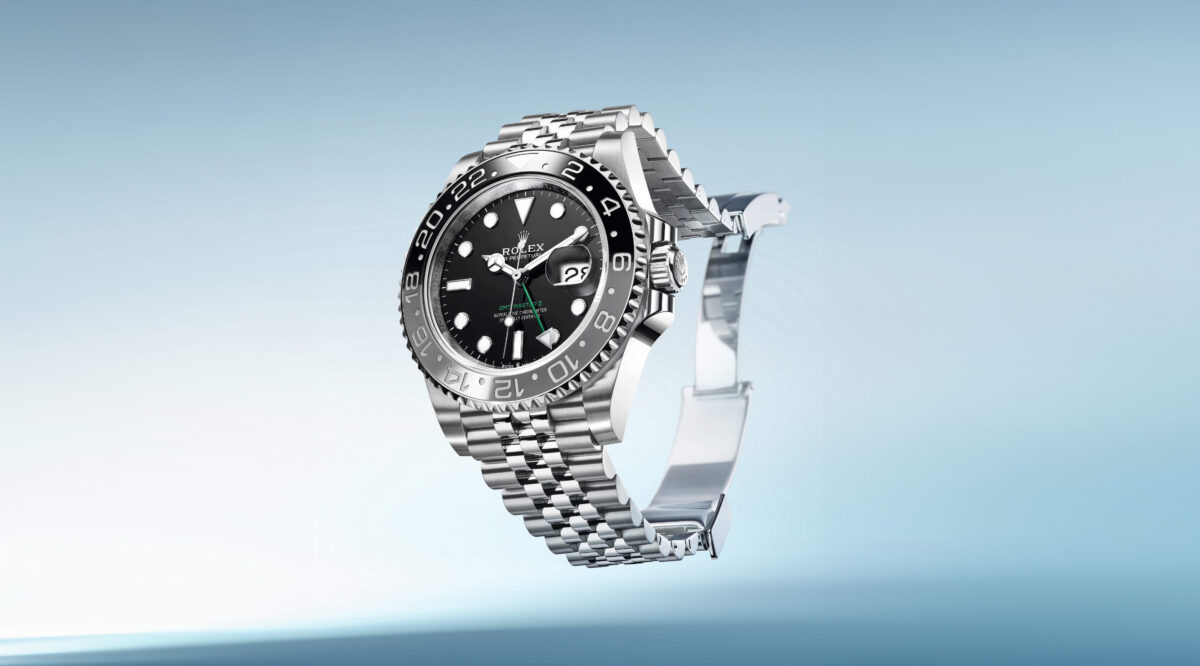Get Back in the Game with Laser Therapy
Professional athletes have gruelling schedules that often don’t allow for adequate rest and recovery between matches. The fatigue of a long season can erode skills and lead to career-damaging injuries. Fortunately, today there’s a proven way to reduce fatigue and speed recovery from injuries. Low-level laser therapy (Non-thermal laser) accelerates healing, reduces pain and swelling, improves fatigue, and puts athletes back in action sooner.
Low-level laser therapy, also known as photobiomodulation therapy (PBMT), is a non-invasive treatment that uses a single, focused wavelength of light—a laser. Low-level laser therapy can accelerate joint and soft tissue repair and improve markers of muscle fatigue.
How Laser Therapy Heals
Just as light triggers photosynthesis in a plant and makes it grow, laser light is absorbed by specialized light receptors in your cells and triggers positive chemical changes. Current research says laser therapy works by stimulating mitochondria (the tiny powerplants that provide energy) in the cells. The mitochondria then produce more of the chemical signalling molecules that are key to accelerating tissue repair, reducing inflammation and pain, and improving joint mobility. Laser therapy has been used for more than fifty years to help heal wounds by stimulating the production of collagen, the connective tissues that hold your body together.
Laser light can stimulate other healing pathways, including those that improve energy production in the cells. The light may also affect nitric oxide production in the cells, which can lead to improvements in the blood circulation of the painful area. Better circulation brings more oxygen and nutrients in and takes out waste products more efficiently. Laser light also stimulates the nerves in the injured area and helps restore them to normal function.
Other healing modalities, such as chiropractic, physio, exercise rehab, and acupuncture, also work to heal injured areas. When combined with low-level laser therapy, the effect is synergistic—together, they work better and faster.
Safety of Laser Therapy
Aside from quicker healing and a faster return to playing fitness, laser therapy offers another significant advantage: less reliance on painkillers, anti-inflammation drugs, and other medications. Many of these drugs are toxic in themselves and may even slow healing. Laser therapy is a safe, non-toxic way to reduce injury pain and improve performance.
Laser treatment is painless and very safe, with virtually no contraindications. The laser operates at levels that penetrate below the skin but don’t generate any heat, vibration, or noise. A typical treatment session takes approximately 15 minutes.
Faster Recovery, Less Fatigue
For professional footballers, the number of competitive matches in a season is high, and the time between events may not be sufficient for full muscle recovery. Fatigue, and the increased risk of injury it brings, can become a significant factor as the season goes on. By shortening recovery time and reducing incidences of injury, laser therapy can help high-level athletes stay healthy over a long and challenging season.
Numerous studies of laser therapy have shown it is effective for faster muscle recovery. Biomarkers related to muscle damage, inflammation, and oxidative stress all improve when laser therapy is used. Studies also show that laser therapy before an exercise session can increase the number of repetitions, time until exhaustion, and peak strength of the individual athlete.
A 2019 study from Brazil has taken these results to the next level to show that pre-exercise laser therapy can increase aerobic capacity and decrease muscle damage and inflammation—all factors that accelerate post-match recovery time.
The study looked at 22 high-level male football players aged 18 to 35 from the same team in Brazil. The players were randomly assigned to receive either real or sham laser therapy to the lower legs before an intense progressive running test on a treadmill. The players and the researchers were all blinded as to treatment—they didn’t know whether a player had received real or sham laser therapy. The test was repeated two weeks later, this time crossing over the players who received real and sham laser therapy. Ergospirometry was used during the treadmill test to measure aerobic output. Blood samples were drawn from all the players just before and five minutes after the exercise session.
When the results were analyzed, they showed a powerful benefit from the pre-exercise laser treatment.
- Laser treatment before the running test significantly increased oxygen uptake and total time until exhaustion, compared to the players who got sham treatment. The players who got laser treatment were able to run longer and faster than the players who didn’t.
- Laser treatment significantly reduced after-exercise blood levels of creatine kinase and lactate dehydrogenase—essential markers of muscle damage—compared to the players who got sham treatment.
- Laser treatment before the running test significantly decreased after-exercise levels of the inflammatory marker IL-6, compared to the players who got sham treatment. High levels of IL-6 can lead to muscle and joint damage; lowering them helps reduce the risk of injury.
- Laser treatment before the running test significantly decreased post-exercise markers of oxidative damage, compared to the players who got sham treatment. Oxidative damage is an underlying cause of tissue damage and fatigue; reducing the damage helps prevent and relieve fatigue.
The results leave little doubt. Laser treatment before exercise has effects that both enhance athletic performance and improve post-exercise recovery.
Laser for Neck and Head Injuries
Chronic neck and shoulder pain from lingering sports injuries can be debilitating. Icing, physiotherapy, and chiropractic are all standard treatments than can help, but often they’re not enough for long-term relief from the pain and limited movement. Low-level laser therapy, by itself or in combination with other treatments, can be beneficial for lasting improvement in pain and range of motion.
Laser treatment can also help improve the symptoms of acute head injuries. Because laser light can penetrate the skull, it can be valuable for treating inflammation, metabolic dysfunction, and damaged neuron pathways. LLLT may also stimulate the production of brain-derived neurotrophic factor (BDNF). This key growth factor aptly called fertilizer for the brain, is needed to repair and regrow neurons after a head injury.
Erchonia Laser Therapy
The Erchonia XLR8 Laser provides low-level laser therapy at 635 nm; the wavelength research shows to be highly effective for reducing pain and inflammation. The XLR8 is the only laser device to receive market clearance by the US FDA for the relief of pain and increase range of motion in the cervical and shoulder regions. As a sports chiropractor, I have had excellent results using the XLR8 for improving endurance and treating injuries for weekend warriors and professional athletes alike. I have found LLLT to be the most efficient, most versatile, and safest tool of the 21st century for rapid injury recovery and increased sport performance.
Dr. Rob Silverman, DC, MS, CNS, CCN, CSCS, CKTP, CES, CIISN, DACBN, DCBCN, HKC, FAKTR






